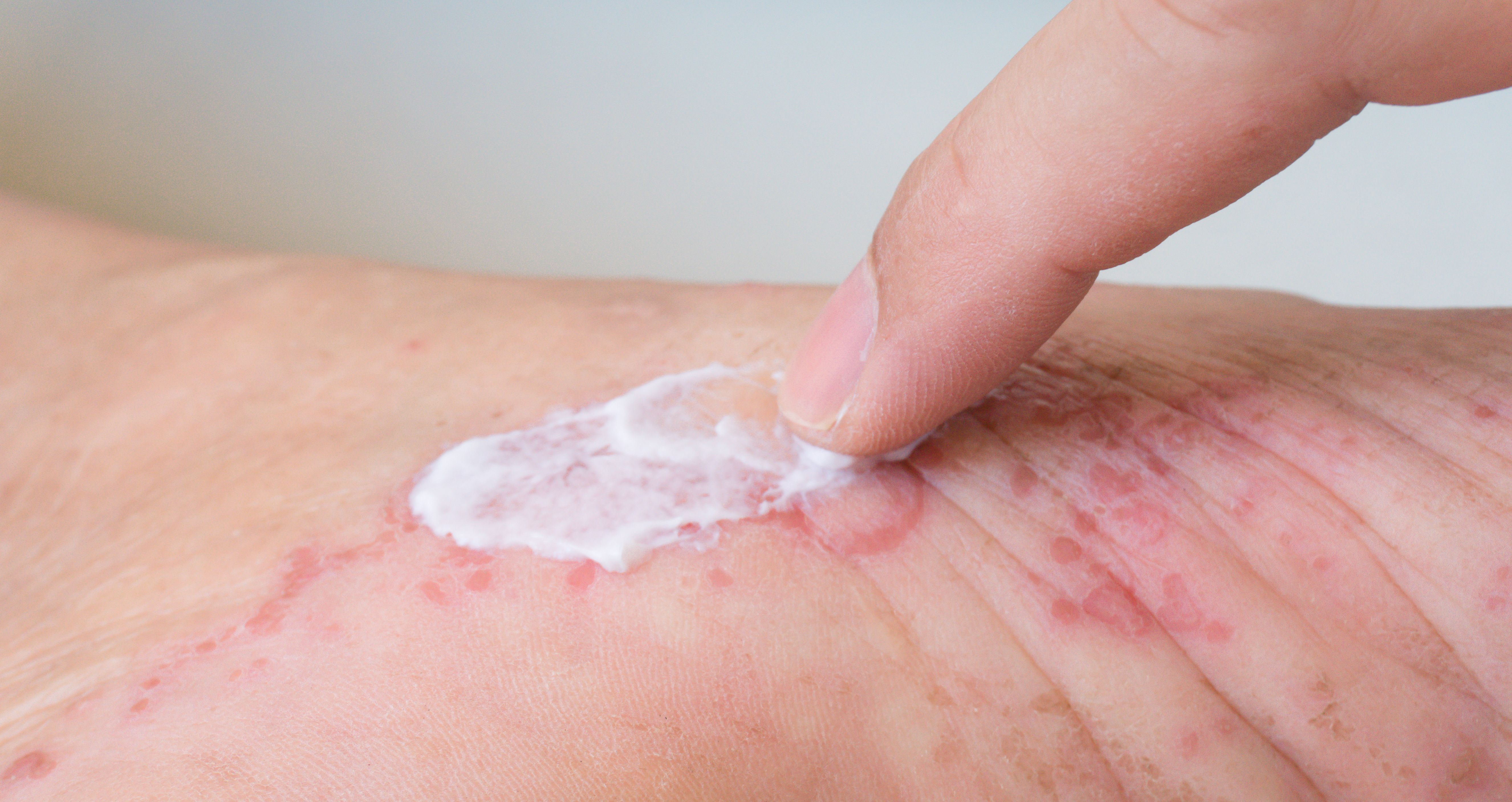Article
National Mammography Day Encourages Breast Cancer Screening
Author(s):
Mammography plays an important role in breast cancer detection.
Each year, the third Friday of Breast Cancer Awareness Month is dedicated to raising awareness for the importance of mammograms. National Mammography Day, which was first introduced in 1993 by President Bill Clinton, falls on October 20 this year.
Women’s health advocates recommend that women observe this day by scheduling their yearly mammograms.
The goal of National Mammography Day is to increase awareness about the importance of breast cancer screenings, according to the FDA’s Office of Women’s Health.
“National Mammography Day puts the focus on breast cancer screening and it’s important for women to adhere to the guidelines that have been put forth,” Arnold M. Baskies, MD, FACS, chairman of the National Board of Directors for the American Cancer Society (ACS), told Specialty Pharmacy Times.
Mammograms are currently the gold standard for breast cancer screening. While other methods can detect abnormalities, mammograms can discover lumps that may be too small to see or feel, according to the FDA.
National Mammography Day aims to reinforce the notion that early detection is the best defense against the disease. Early detection is known to result in better patient outcomes due to prompt treatment and limited time for metastasis.
“The earlier you detect breast cancer, the better your chance of survival. Even those with no family history of the disease can be affected,” Beth Anne Holl, director of Educational Outreach at the American Breast Cancer Foundation told SPT. “Breast cancer affects all ages, races, and genders. This is why it is so incredibly important to be vigilant to your body and to get regular screenings for breast cancer.”
Current guidelines indicate that women of average risk aged 40 to 44 could begin annual screenings, while women aged 45 to 54 are advised to get an annual mammogram, according to the ACS. Women over age 55 may choose to continue yearly mammograms or receive them every other year.
“The most accurate scientific guidelines available are those that have been put together within the last 3 years by the American Cancer Society,” Dr Baskies said. “They are evidence-based and make the most sense in terms of detection and treatment.”
Adhering to these guidelines and receiving regular mammograms can save lives and help reduce breast cancer-related deaths, especially among women aged 40 to 70, according to the FDA.
Breast cancer can affect nearly anyone, including men. Current estimates show that 1 in 8 women in the United States will be diagnosed with breast cancer during their lifetime.
“Early detection is the key to surviving the disease, and we encourage everyone to do regular self-checks and to be proactive in getting screened for breast cancer the minute something looks off. It could save your life,” Holl said.
Some women may face a higher risk of breast cancer for various reasons, including when menstruation started, having children, family history, and genetics, Dr Baskies said.
The exact cause of breast cancer is unknown for most individuals; however, inherited genes—such as BCRA 1/2—and lifestyle factors—such as exercise and food—are known to influence the risk of breast cancer.
While there is no uniform way that all women can reduce their risk of breast cancer, there are some relatively simple steps that can be taken.
“In terms of decreasing risk, we know that weight gain and obesity are related to higher risk of breast cancer,” Dr Baskies told SPT. “We know that alcohol consumption increases the risk and there’s some data that indicates smoking may increase the risk for breast cancer. All of those things have to be taken into consideration.”
In general, eating nutritious foods, engaging in physical activity, and living a healthy life may reduce the risk of breast cancer for many women.
It is crucial for women to understand their risk of developing breast cancer and the importance of screening, especially during Breast Cancer Awareness Month.
This article originally appeared on Specialty Pharmacy Times.






